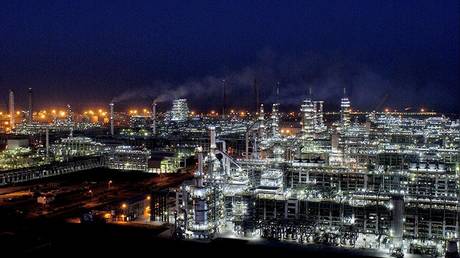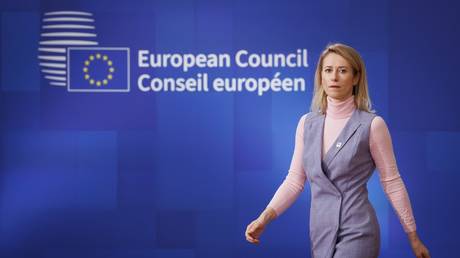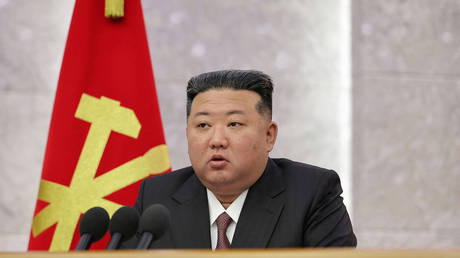
The Workers’ Party of Korea turned 75 this week, managing to outlive most of the 20th-century socialist regimes
North Korea is by far the longest-lived socialist state, surpassing the Soviet Union in longevity. It survived the Korean War of 1950-1953, the ‘Arduous March’ of the late 1990s when up to 600,000 people died of starvation and disease, and eight years of near-embargo caused by UN Security Council sanctions.
The secret of the regime’s survivability is debated, but it is clear that the administrative system has played a role, and an important element of this system is the Workers’ Party of Korea (WPK), which, like the Communist Party of the Soviet Union, combines the qualities of a political elite and a moral vanguard. Article 4 of the national Constitution stipulates that the activities of the DPRK shall be guided by the ideology of the WPK.
The Communist Party of Korea was founded in 1925, when Korea was a single territory under Japanese rule, but just three years later was practically disbanded. During those three years, four central committees were replaced, with members primarily engaged in scheming and activities that today would be considered grant farming. Consequently, the Comintern (the Communist International, a world-wide communist organization led by the Soviet Communist Party) stated that none of the factions claiming to represent Korean communists, who were more focused on fighting each other than the Japanese occupiers and even resorted to betraying their “ideological opponents” to them, could rightfully be considered a party in the classical sense of the word.
The real experience in fighting the Japanese was mostly claimed by Korean communists based in North China and Manchuria. One of the young commanders of such groups was a man named Kim Sung-ju, who took the pseudonym Kim Il-sung in the mid-1930s. However, by the early 1940s, Manchuria had also been cleared of all guerrilla fighters, and those who survived crossed into the USSR and were interned. Subsequently, they became the backbone of the 88th Brigade where Kim Il-sung commanded a Korean battalion.
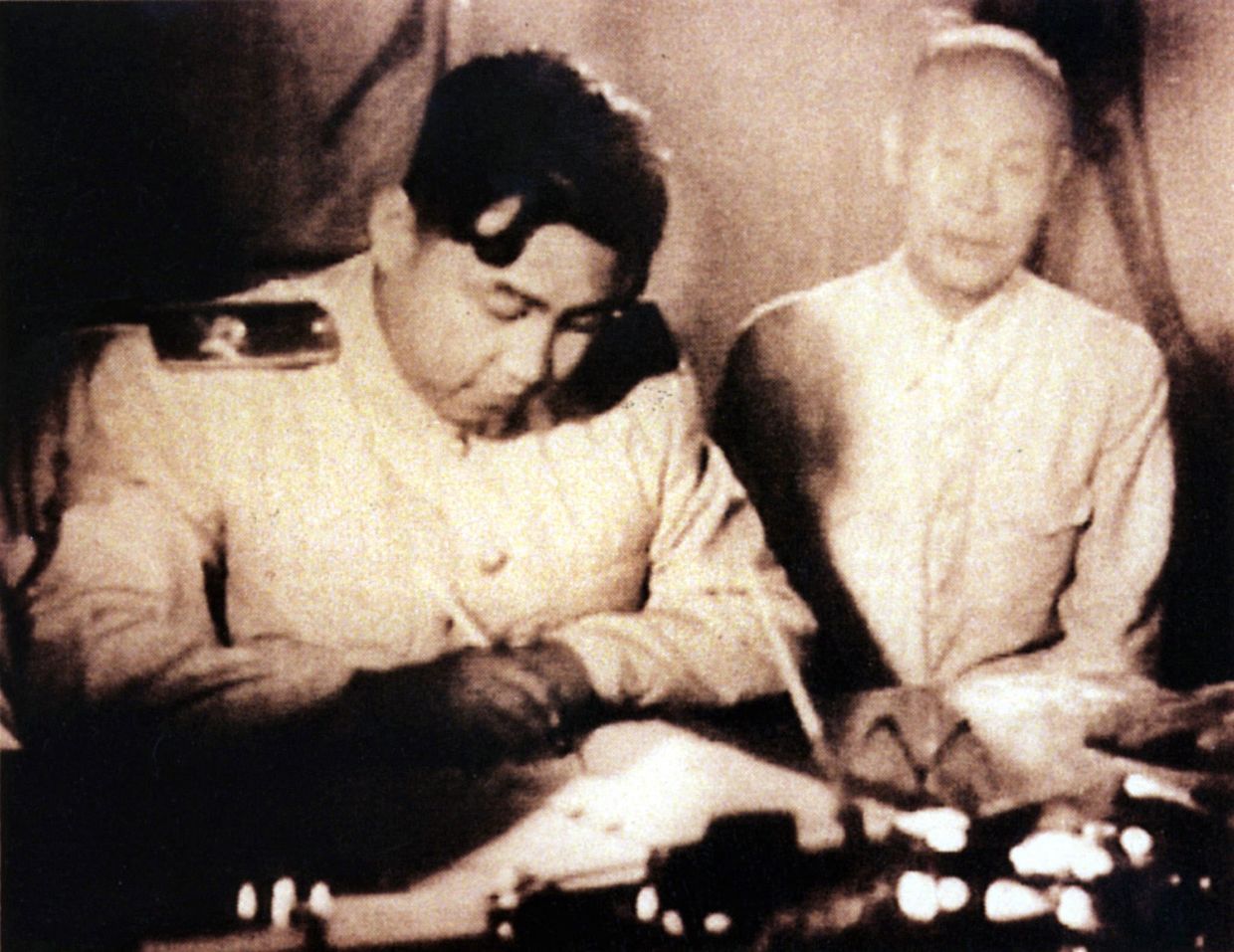
© HO / AFP
Extant documents indicate that although Kim was a good commander, possessed charisma, and could rally people around him, he was much more interested in combat training than in political activities.
After the liberation of Korea, four factional groups emerged within the Communist movement:
- The so-called “locals”, who were in reality the remnants of the old Communist Party of Korea at the time of its liberation, now led by Pak Hon-yong. He spent three years in Moscow in the late 1920s and early 1930s as a Comintern functionary and had good relations with many Soviet officials and party functionaries. In fact, until his death in a factional struggle, Pak positioned himself as the main leader of the communist movement, while Kim Il-sung, who belonged to another faction, had more of a reputation as a legendary combat commander.
- Kim Il-sung and his comrades in arms in the guerrilla war.
- The so-called Yan’an faction made up of those Korean members of the Chinese Communist Party who were not in Manchuria but at Mao Zedong’s headquarters in Yan’an.
- Soviet Koreans sent for “reinforcement.” Before the liberation of Korea, they lived in Central Asia and Kazakhstan, holding various party or administrative posts in the local hierarchy. They were ostensibly assigned to carry out a new party mission.
In Russia, it is traditionally believed that Kim Il-sung was chosen as the country’s leader because he was the most pro-Soviet. There is even a legend that Stalin personally marked his name on the list of candidates with a colored pencil. However, the real story of Kim’s rise tells us that he advanced not through the party ranks, but through the administrative and economic sectors, elevating himself not as a party leader, but as head of the executive power. He had genuine merits and organizational skills, and was far removed from factional strife.
Moreover, if you read excerpts from the personal files of Korean leaders compiled by Nikolai Lebedev the head of the Soviet Administration in Korea (which governed the northern half of the newly-divided Korean peninsula after the Japanese occupation was lifted in 1945 and until the DPRK was proclaimed in 1948), it might appear that the faction that leaned rather strongly towards the USSR was Pak Hon-yong’s. As for Kim, his file said he was “modest and hardworking”, capable of attracting people to himself, but also “ambitious and self-confident”, and “theoretically prepared, but does not systematically work on improving his Marxist-Leninist level”.
However, Pak Hon-yong initially stayed in the southern part of the country, where he quickly “rebuilt” the Communist Party from his supporters, moving to the North only in October 1946, when communists were outlawed. In the North, on October 13, 1945, the North Korean Branch Bureau (NKBB) of the Communist Party of Korea was created from scattered communists, recognized as the party of Pak Hon-yong. Kim Yong-bom, who had been sent to Korea by the Comintern back in the 1930s, was elected as the chairman of the Bureau, and Soviet Korean Ho Ka-i was appointed as the secretary for organizational issues. After Kim Yong-bom’s death on December 18, 1945, Kim Il-sung became the leader.
On February 16, 1946, the Yan’an faction led by Kim Tu-bong formed the New People’s Party, which was ideologically close to the communists but more moderate. To avoid conflicts, on July 29, 1946, the New People’s Party and the Communist Party merged, with Kim Tu-bong becoming the chairman of the newly formed party in North Korea, not Kim Il-sung.
The new party was called the Workers’ Party of Korea (WPK). The word “workers” in the party’s name was picked intentionally – at a time when any organization openly calling itself communist could be immediately destroyed, it allowed leftist forces in the South to continue their activities.
On November 23, 1946, the Workers’ Party of South Korea was born from a similar merger, led by Pak Hon-yong. The merger into a single WPK occurred after the formation of the Democratic People’s Republic of Korea (DPRK, more commonly known as North Korea) and the Republic of Korea (ROK, South Korea), with Kim Il-sung becoming the leader of the unified party. The total membership of the Workers’ Party in both the North and South exceeded one million people.
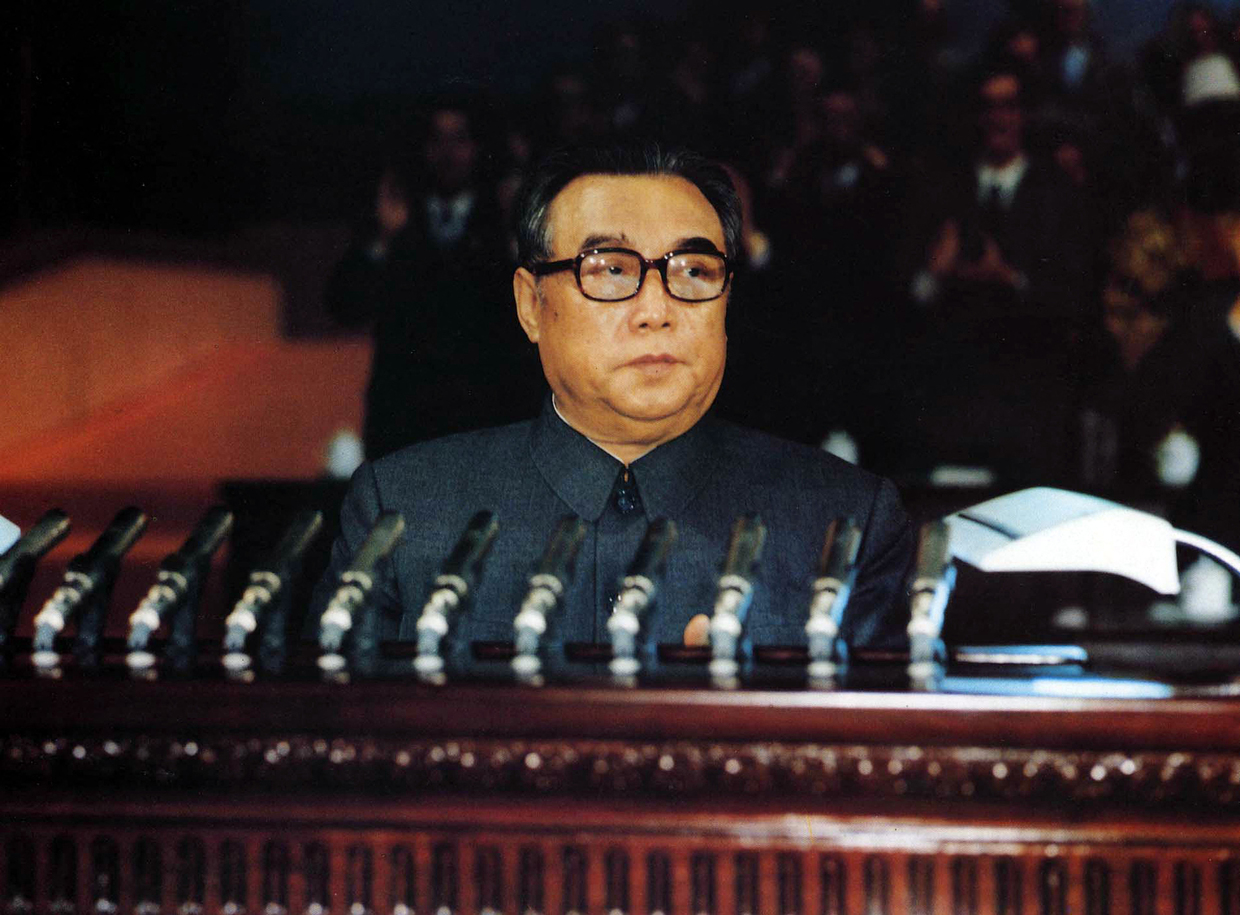
© AFP PHOTO / KCNA via KNS
However, it would be erroneous to think that Kim Il-sung was as autocratic a ruler then as he became later. As one of the youngest political leaders compared to the heads of other factions, he was more like Stalin in the late 1920s. Pak Hon-yong remained “second among equals” and had every chance to become first if the Korean War of 1950-1953 had ended in the DPRK’s victory. With an increased number of supporters, Pak would have pushed Kim out of power at the next congress. It was Pak, as the “leader of the southern communists,” who persuaded Kim Il-sung and then Stalin and Mao to give the “green light” to the war on the grounds that a revolutionary situation had supposedly arisen in the South and Syngman Rhee’s regime would fall when 200,000 communists rose up at his signal. But this did not happen.
The end of the war and the subsequent reconstruction of the national economy were accompanied by a certain factional struggle, often disguised as political or economic battles, which was quite common for factional conflicts in feudal times, when personal ambitions and animosities were often disguised as philosophical disagreements.
The first wave of purges occurred during the Korean War, and it was therefore not always clear whether repressions against certain party officials were purely politically motivated or related to serious errors in administrative and economic policies on their part.
However, there is no ambiguity around the destruction of Pak Hon-yong and his supporters. They were, first of all, truly considered responsible for the war, and secondly, it seems they were indeed preparing a coup to seize power when it became clear that Kim Il-sung meant to sign a peace treaty. They were also accused of espionage for the US and Japan, a fairly common accusation back then.
When the interests of the Soviets collided with those of the Chinese, Kim Il-sung launched a campaign against “dominationism” and, on December 28, 1955, spoke about the need to “eradicate dogmatism and formalism in ideological work and establish the Juche ideology”. He said, “Although some argue that the best way to go is the Soviet or Chinese way, haven’t we reached the point where we can create our own way?”
The 20th Congress of the Communist Party of the Soviet Union in 1956 and the subsequent far-reaching de-Stalinization campaign spurred a new round of factional struggle: the opposition from the remaining factions hoped for a “velvet revolution” similar to those occurring in Eastern Europe, but Kim Il-sung had far greater support, and the organizers of the “anti-party jink” were dragged off the podium and removed from high positions.
Unwilling to wait for more serious repressions, the opposition leaders fled to China and asked the “suzerain” for help. After that, a Soviet-Chinese delegation headed by Anastas Mikoyan and Peng Dehuai flew to Pyongyang to rectify the situation. However, Kim Il-sung managed to avoid inquiries into his incompetence, and then, the 1956 attempted revolution in Hungary proved to Moscow and Beijing the dangers of flirting with liberal ideas, and their take on the Korean situation was reconsidered. As a result, Kim Il-sung managed to “tighten the screws” on his regime, eliminating or politically sidelining even the relatively harmless representatives of other factions by the early 1960s.
Until recently, the process of factional elimination was viewed rather unequivocally: the tyrant Kim Il-sung methodically destroyed all potential competitors. However, we should not make the classic “human rights mistake” of automatically absolving all the affected politicians merely because they are “victims of totalitarian regimes persecuted for their beliefs” and, therefore, cannot be guilty. We can’t ignore the fact that, had they come to power, they would likely have repressed their opponents as well.
It’s hard to say how the DPRK’s history would have turned out if another faction of the WPK had come to power instead of Kim Il-sung and his entourage. However, the Kim Il-sung regime was certainly not the worst possible scenario. Representatives of the “local” faction had less support among the population and were more adventurous and uncritical in their assessments, which could have led to a second Korean War. The Yan’an faction, with its unconditional pivot towards China, could have plunged the country into something similar to the Chinese ‘Cultural Revolution’ and significantly complicated the geopolitical situation amid the growing Soviet-Chinese confrontation. And the leadership of the Soviet faction was guilty of ‘communist arrogance’, which, combined with weak public support, could have led to a Hungarian, Polish or Czechoslovakian scenario, and – with the collapse of the USSR – to the assimilation of the North into the South in the last decade of the 20th century, with all the ensuing problems.
What does the WPK look like today? Contrary to popular belief, the WPK is not the only functioning political party in the country. In the period before the founding of the DPRK, there were two other parties established, the Democratic Party and the Chondoist Chongu Party; however, they currently serve a ceremonial role only, while outside propaganda claims that the leadership of these parties is recruited based on suggestions from WPK members.
In terms of party structure, the WPK is very similar to the Communist Party of the Soviet Union, though the percentage of communists and non-partisans in the DPRK is greater compared to China or the USSR. At present, membership stands at approximately 2.5 million, or 10% of the population.
Before Kim Jong-un, party congresses were held on an irregular basis and were mainly used to mark ceremonial occasions – even though, formally, they were required to be held every five years. For example, the 5th Congress of the WPK took place in November 1970, 9 years after the previous congress: Kim Il-sung, having secured absolute power, did not feel the need to ‘embellish’ it with redundant procedures. The 6th Congress was held 10 years later, in October 1980, and is notable mainly for proposing the concept of a confederation as a path towards Korean unification, and for officially designating Kim Jong-il as the successor of his father, Kim Il-sung, giving him the title of “heir to the great Juchean revolutionary cause”. Following that, WPK party congresses appeared to cease altogether, until the 7th Congress in May 2016, which announced that the “Kim Jong-un era” had officially arrived, and the following congress in 2021, which will be discussed further in greater detail.
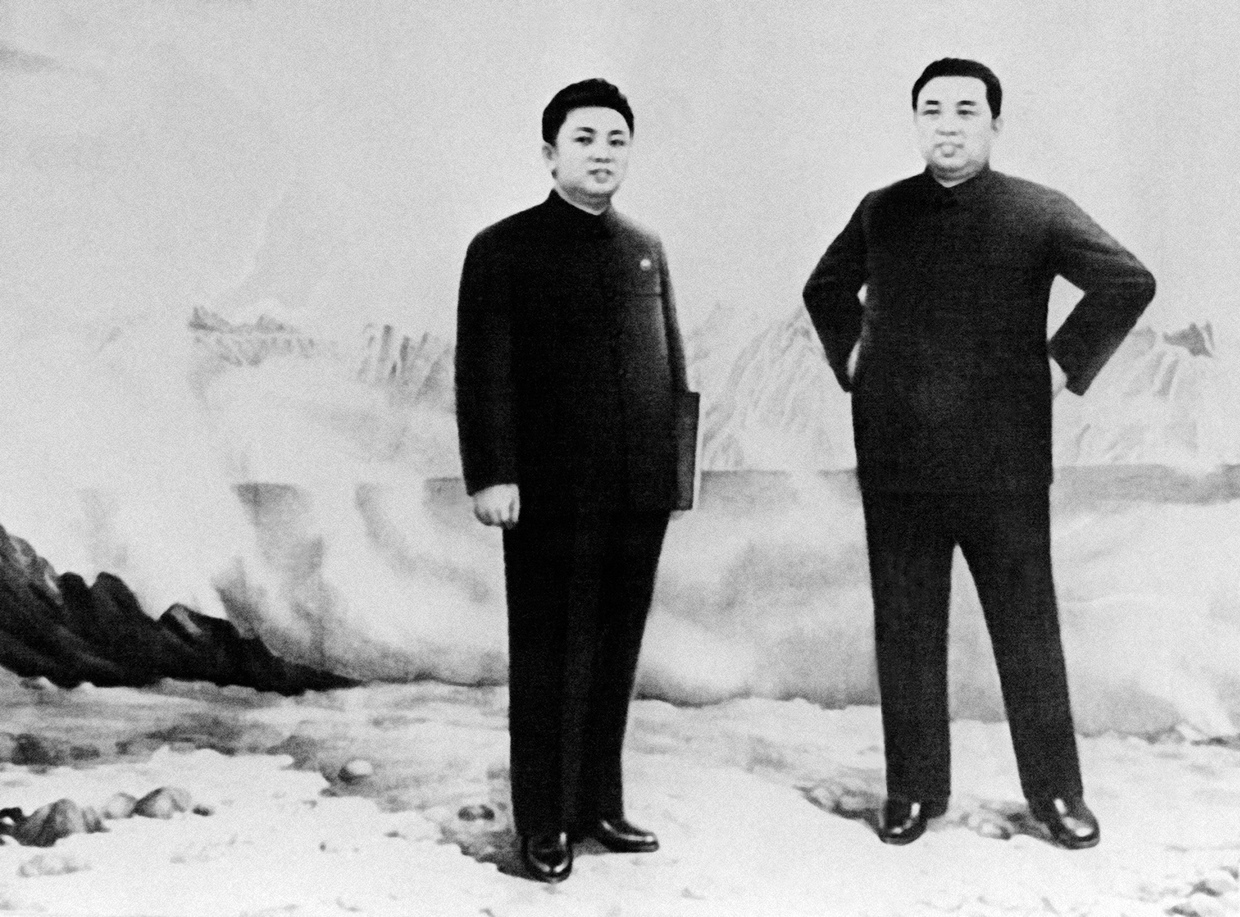
© KCNA / AFP
Since the early 1990s, there has been an increased focus on formulating effective methods of political work, as well as fighting ‘pretentiousness’ among officials and excessive bureaucracy. This indicates a desire to learn from the experience of Eastern Europe, where the collapse of communist regimes was attributed to the fact that the upper echelons of the party had lost touch with the masses.
After the constitutional changes of 1998, which officially ushered in Kim Jong-il’s system of governance, he was elected General Secretary of the Workers’ Party of Korea (and not of the WPK Central Committee, as before). In addition, under Kim Jong-il’s ‘military-first’ policy (Songun), the role of the ‘vanguards’ of the nation shifted from the party to the armed forces. The Central Committee apparatus became Kim Jong-il’s personal staff, assisting the leadership in decision-making.
Under Kim Jong-un, however, the organs of the party once again grew in influence, overshadowing the military in a number of ways; several party officials were appointed to powerful positions in the military in order to ensure the control of the WPK over the military. The practice of holding congresses and various other meetings of party structures, including those at the lower level, has been resumed. Amendments to the party charter and the constitution of the DPRK passed over the recent years have granted new powers to the Politburo.
A host of changes were aimed at improving the quality of candidate selection and strengthening party discipline. Qualification for candidates was raised from one to two years of service; a person can now be expelled from the party if he has not participated in party activities for more than three years; a provision was added holding party members and party organs responsible for indifference to breaches of discipline. Due to the substantial increase in the number of Party members over the past 40 years, lower-level party cells have been strengthened, too.
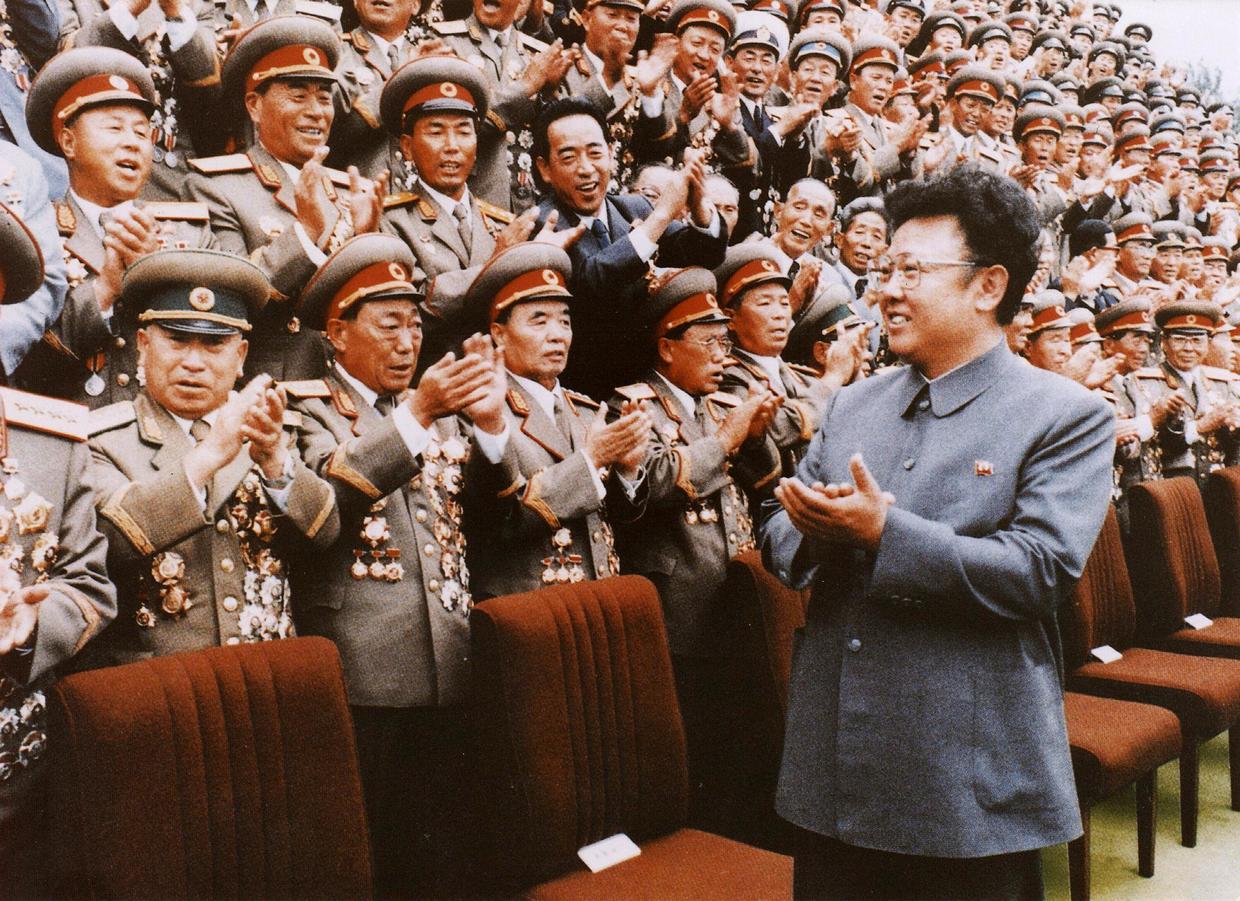
© AFP PHOTO/FILES/KOREAN NEWS SERVICE
The Central Control Commission of the Workers’ Party has gained major influence. While the old version of this body used to handle financial matters only, it now also deals with “the supervision and investigation of party discipline violations that hinder the implementation of the decisions made by the party leadership, as well as detailed investigation of party discipline and the processing of complaints and appeals”.
Its scope clearly exceeds that of the Party Control Commission in the Soviet Union, and rather resembles China’s Central Commission for Discipline Inspection. Notably, it isn’t the system for processing letters and appeals that makes the biggest difference here, but a special network of local branches designed to provide extra scrutiny of party members and their activities; letters and appeals submitted to this new body will presumably be used as grounds for investigation.
Kim Jong-un continues his work on consolidating and strengthening the WPK, constantly demanding that party officials “change the image of the party”, knowing very well that people’s trust in the government is based on the way its representatives act on the ground. On one occasion, this caused a curious episode: while speaking to party members, Kim Jong-un told them that a new and difficult ‘march’ awaited them, where they would have to work hard and heroically for the good of the motherland. Ignorant of the context of the speech, Western commentators transformed it into “Kim Jong-un said that the country is going to face a new famine”.
In summary, the WPK remains the foundation of the DPRK’s administrative system. We can only hope that its traditions will continue to ensure the nation’s prosperity and sovereignty.


